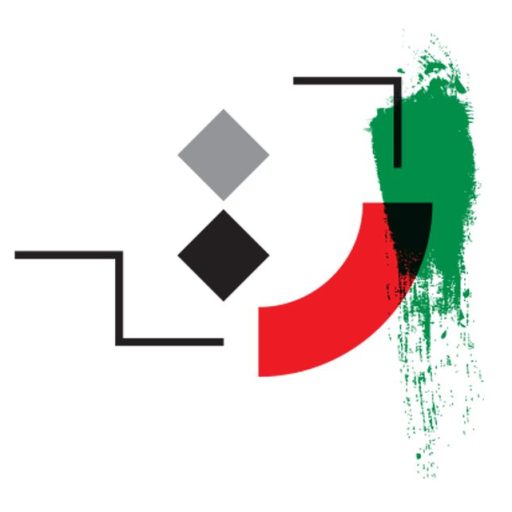Parviz Piran
Biography
Dr. Parviz Piran
Sociologist, Development Theorist, and University Professor
Born: September 1, 1950 – Hamedan, Iran
Parviz Piran is a prominent Iranian sociologist known for his groundbreaking contributions to social development, urban studies, spatial justice, citizen participation, and applied sociology. His interdisciplinary work has helped shape contemporary debates on poverty, informal settlements, and democratic urban governance in Iran.
Education and Academic Background
Born in the city of Hamedan, Piran completed his primary and secondary education in Hamedan, Sahneh, and Kermanshah. In 1970, he earned his high school diploma in mathematics and entered the Department of Sociology at the National University of Iran (now Shahid Beheshti University), graduating in 1974.
He then moved to the United States, where he earned a Master’s degree from Morehead State University. His thesis, supervised by renowned criminologist Prof. Poly Forp, examined the social-psychological impact of racism through the analysis of white authors’ poetry about African Americans.
He continued his doctoral studies at the University of Kansas, where he specialized in historical sociology and the historiography of the French Annales School. After completing his Ph.D., he served as a faculty member teaching graduate and doctoral courses at the University of Kansas for four years.
After the 1979 Iranian Revolution, Piran returned to Iran and joined several leading universities as a lecturer and researcher, including Allameh Tabataba’i University, the University of Tehran (School of Fine Arts and Earth Sciences), and Shahid Beheshti University (Faculty of Architecture and Urban Planning).
International Roles and Scientific Affiliations
- Senior Advisor to the United Nations Development Programme (UNDP) since 1999
- Scientific Board Member, Swiss Academy for Development, since 2003
- Member of the Scientific Advisory Board of the Children, Youth and Environments Journal, University of Colorado, USA
- Member of editorial boards for various Iranian academic journals, including Social Welfare and Architecture and Culture
Research, Projects, and Innovations
Dr. Piran has consistently advocated for locally grounded, participatory approaches to development. Among his most notable initiatives are:
- The “School Mayor” project, presented at the 4th International Congress of Educating Cities in Chicago (1997), which was selected as one of 17 exemplary proposals among 560 submissions. It was recognized by UNESCO as a successful model of civic education.
- Poverty Alleviation Program for Shirabad, Zahedan, honored by UNESCO as a model intervention.
- His article “Urban Scale and Architectural Scale”, presented at the University of Florence (Italy), was later published in Urban Morphology, the journal of the International Seminar on Urban Form (ISUF). It explores the failure of “citizenship” in Iranian cities due to authoritarian urban design practices.
He also introduced a unique geopolitical and geostrategic theory of Iranian society, following two decades of historical research conducted alongside his students. This culminated in his seminal paper: “Strategy and Territorial Politics in Iranian Society”.
Publications
- Authored or co-authored seven books in English, published by the UN and affiliated agencies:
- Poverty Alleviation in Sistan and Baluchestan: The Case of Shirabad (UNDP, 2002)
- Socio-Cultural Factors and Reproductive Health in Rural Iran (UNFPA & CWP, 2005)
- Vulnerable Children in Tehran: Status, Problems, Needs and Services Offered (CPI, 2007)
- Over 50 articles in Persian and 10 academic papers in English
- Wrote the introduction to the Persian translation of Fernand Braudel’s Capitalism and Material Life, published by Nashr-e Ney in 1993
Challenges and Public Engagement
While in the U.S. pursuing his Ph.D., Piran worked at a car wash to support himself financially—a personal anecdote he often references as part of his lived experience of systemic inequities. He has also collaborated on several UN and World Bank-funded projects focused on impact assessments, urban sanitation, and national poverty mapping.
In 2013, upon returning to Allameh Tabataba’i University, he discovered that his office had been emptied and his documents moved to a breakroom—a symbolic episode reflecting broader academic and institutional challenges in Iran.
Video Index
Chapters:
- Personal Life and Education
- Teaching Career
- Selected Works
- Collaboration with International and Domestic Organizations
- The Theory of Territorial Policy Strategy for Iranian Society and Its Outcomes
- The Book The Narrative of Parviz
- Sociology
- The Dialectic of the Universal and the Particular
- The Instantaneous Society
- The Relationship Between Sociology and Societal Crises
- Critique of the Current State of Sociology
- Sociology and Religion
- Advice to Young Sociologists
- Humanities and Social Sciences
- The Importance of Humanities Education
- The Status of Humanities in Iran
- Ehsan Naraghi and Ahmad Ashraf
- Family and Women
- Family and Media in the Contemporary Era
- Cohabitation (White Marriage)
- The Iranian Woman
- Feminism
- The World Today and Tomorrow
- Perceptions of the Future
- Iranian Identity
- The Importance of Understanding Human Nature and Iranian Mysticism
- The History of Iranian Modernity
- Intellectualism in Iran
- Reasons for the Sensitivity of Iran’s Contemporary Era
- Globalization
- Idealism in the Contemporary Era
- The Term “Minority”
- What Is Freedom?
- Personal Worldview
- Advice to Iranian Youth
- The Importance of Critique
- Favorite Writers and Artists
- What Is Happiness?
Personal Information
- Birthday: September 1, 1950
- Birthplace: Hamedan, Hamedan, Iran
- Interview date: 29.10.2022- 30.12.2024
Sociologist, Development Theorist, and University Professor
